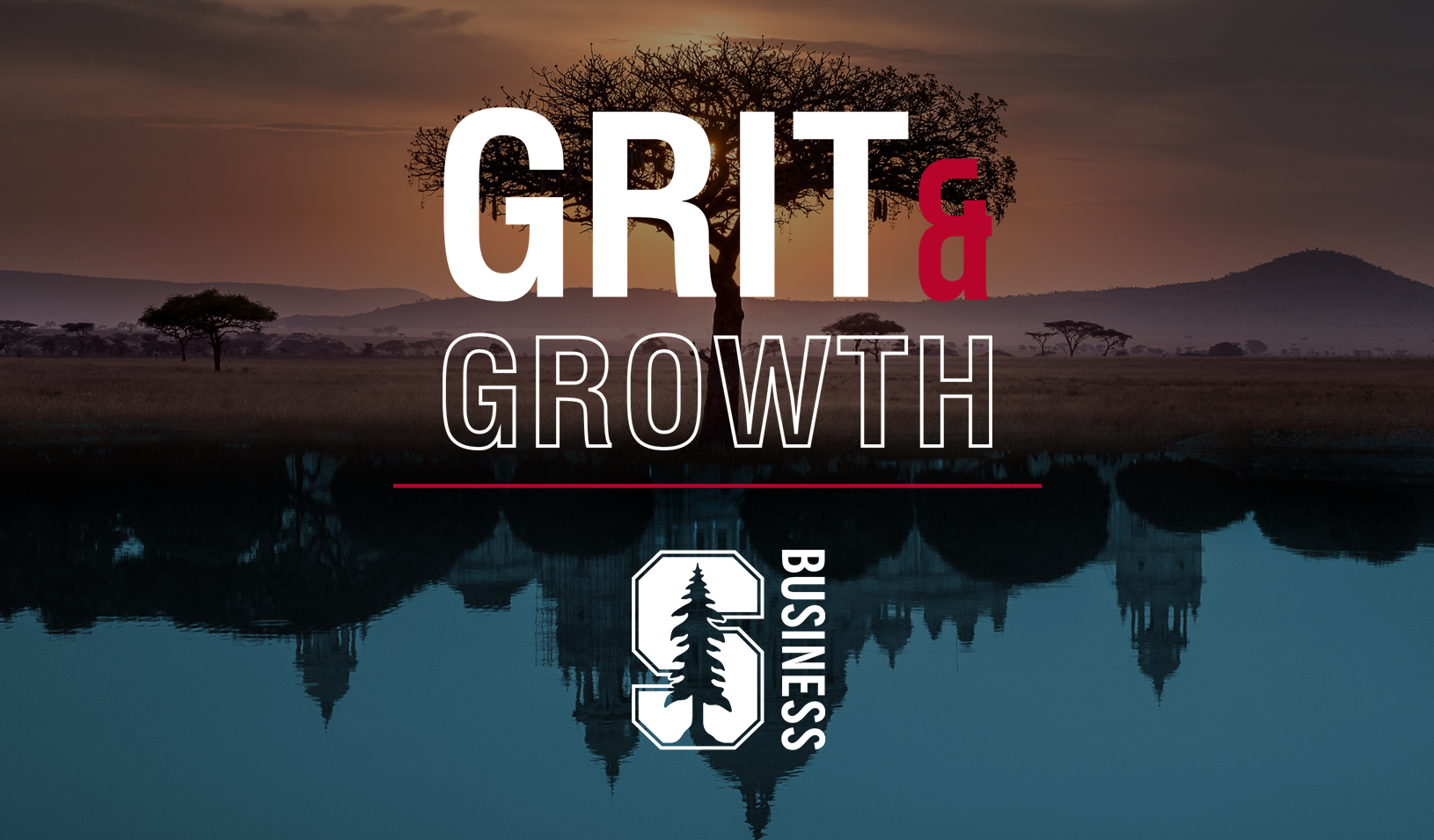Having substantial cash on hand enabled Danaher Corp to fund the acquisition of 18 companies in 2009, many of them with little competition, Daniel Comas, MBA ‘91, the firm’s executive VP and chief financial officer, told a student audience.
The 45-year-old executive has made a lot of decisions. Danaher is known as an aggressive acquirer — it did $6 billion worth of acquisitions last year — and Comas has been on the ground floor of hundreds of them since joining the firm 18 years ago. On May 4, as the Arjay Miller Distinguished CFO Lecturer, he shared some of the company’s approach to mergers and acquisitions with Stanford business students.
Danaher, a Fortune 250 company traded on the New York Stock Exchange, sells medical, industrial, and testing products to a diverse group of customers that include dentists, mechanics, and wastewater treatment plant managers. The company posted $11 billion in sales in 2009 and has a stock price that’s risen almost 50% over a 52-week range.
Founded in 1969 as Diversified Mortgage Investors Inc., it changed its name to Danaher Corp. in 1984. Comas joined (as the 12th employee) in 1991 as part of the corporate development unit and was appointed CFO in 2005.
Substantial cash on hand has enabled Danaher to fund the acquisitions mostly internally, even in the wake of the economic recession when few M&A deals were being done. “In 2009 we made 18 acquisitions and deployed $2 billion worth of capital — and in 14 of them, we had little or no competition,” he said.
Taking risk is a big part of what Comas calls the “Danaher business strategy.” But the company employs a strict set of metrics to gauge whether the 100 or so companies it watches at any given time are worth buying.
“We take the usual approach: Does it create value, does it have good market position, good margins?” Comas said. But he also looks at what kind of operational risk could come to bear — for instance, Is long-term debt no more than one year of free cash flow?
In addition, “We have a dozen characteristics to look at in an industry,” he said. If it’s a fragmented industry, can we develop scale? If it’s a company that’s one-third of an industry, we probably won’t buy it.”
Finally, the new company must “deliver real return on capital within a reasonable time period. We spend a lot of time in due diligence looking at how we could quickly improve margins, to take from 10% operating profit to 15% in 18 months.”
Many acquisitions fail, he said, because buyers forget the fundamentals. Danaher has “a simple financial metric: Is this a good business strategically and can we make the numbers?” He said Danaher has walked away from many good companies because it couldn’t pencil out the returns.
Over the past decade, Danaher has been transitioning from a mostly industrial company to what Comas calls “lower-tech.:” It sells analytical instruments for testing water quality; for addressing corrosion in heating, ventilating, and air conditioning systems; for environmental monitoring and leak detection; and for pumps and gas stations. In the medical technologies segment, (now about 25% of the portfolio) it manufactures dental equipment such as drills, stations, and instruments, and tools used by scientists and pathologists. The industrial tools business, now about 19% of Danaher sales, makes wrenches, sockets, and Craftsman accessories.
The team managing the 30 major business units is one that Comas described as decentralized, informal, and MBA-focused. “We’re all in our mid-40s — we don’t think you have to have a certain maturity before you can run a business.”
More important, he said, is experience making decisions, not just solving problems. “Get in a role where you can learn and grow making decisions. You’ll get a lot of satisfaction and learn how to develop the skills of when to make a decision and when not to until you get more help.” Stanford GSB Dean Emeritus Arjay Miller endows the annual lecture series where financial officers share their experience with students.
For media inquiries, visit the Newsroom.





